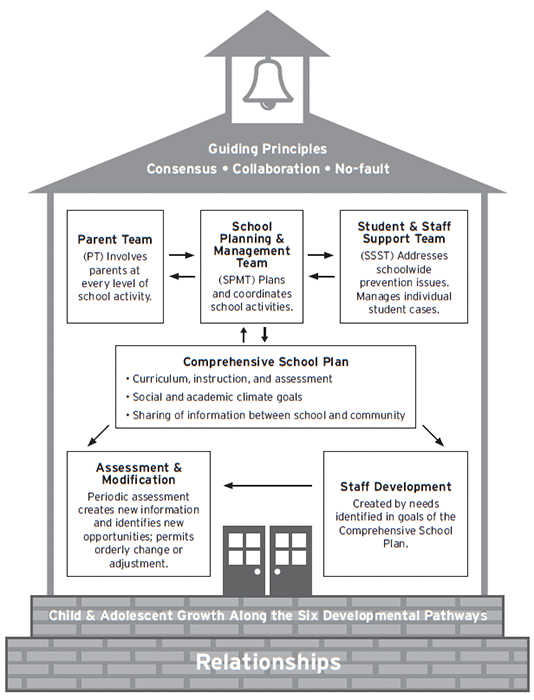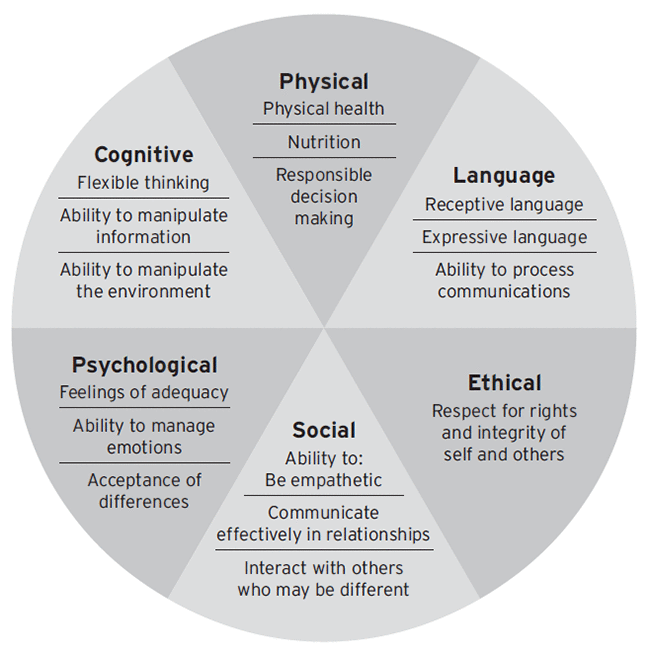Tara Ehler’s Updates
Update #4: Comer Schools and the School Development Program
I began my teaching career in New Haven, CT which is also contiguous to my hometown and a city I love and lived in for many years. Although New Haven is known for being the home of Yale University, it is also a high-needs urban center and it can sometimes be jarring to see the juxtaposition of privilege and need play out day to day throughout the city.
My teacher prep program was focused on New Haven as its context, and as such one of the approaches to teaching and learning we studied was the School Development Program as founded by James Comer at Yale in 1968. It is still in place today in schools across the country and I taught at one such Comer school in New Haven.
According to Noblit et al. (2001),
the basic premise of the program was that the application of the principles of social and behavioral science to every aspect of the school’s program would improve the school’s climate by fostering improved relationships among those involved in the school’s operation. Additionally, researchers hope that the application of these principles would foster a significant leap in the academic and social growth of the school’s students
The Comer method is comprised of two main components. One is the organizational setup of the school. The guiding principles of Comer schools include consensus, collaboration and no-fault and call for a parent team, a school planning and management team, and a student and staff support team to work together toward continuous improvement. This is demonstrated in the graphic below. The SST is focused on counseling and meeting student needs, while the SPMT works on school culture and the PT represents parents as stakeholders.
The second component is the development pathways theory which entails looking at the whole child including psychological and social needs. In the developmental pathways theory, cognitive development is just one piece of the pie.
All of this work is premised on the primacy of relationships in schools as the key to success.
I haven’t thought about Comer Schools in many years as I no longer teach in New Haven, but this course has reminded me of this important work. In reflecting on my experience working in a Comer school, with an additional decade of teaching under my belt, I can see how Comer embraced a lot of what we’re talking about today with SEL, trauma-informed education, and student-centered learning.
One potential problem with the School Development Program is that for it to be truly successful, I do think it has to be embraced at a district level. When I worked in New Haven, I can see now how we tried to follow this plan, but mandates from above often interrupted the process or took precedence over school stakeholders’ priorities. This included standardized testing and meeting adequate yearly progress (in the era of NCLB). Leadership matters and our administrative team did believe in Comer but also was not always open to listening to all stakeholders.
I hope that districts nationwide revisit the Comer method moving forward as, post-pandemic, we once again question the mission of schools and the role they play in students’ lives. The School Development Program, when implemented correctly, has the potential to embrace and support student learning and development in a variety of contexts.
References:
[Developmental pathways] [Inforgraphic]. (n.d.). ASCD. https://www.ascd.org/books/ with-the-whole-child-in-mind?chapter=placing-child-development-at-the-center
Noblit, G., Malloy, W., & Malloy, C.E. (2001). The Kids Got Smarter: Case Studies of Successful Comer Schools. Understanding Education and Policy.
[SDP overview] [Infographic]. (n.d.). ASCD. https://www.ascd.org/books/ with-the-whole-child-in-mind?chapter=placing-child-development-at-the-center



